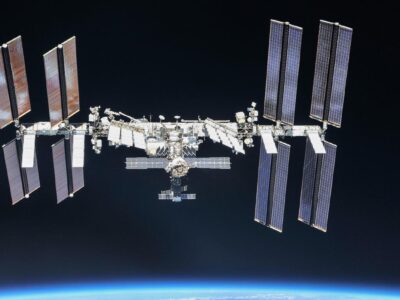Astrophysicists discovers Earth like Planet in only 16 light years away!
A Team of Astrophysicists at the University of Texas (USA) has predicted that a planet similar to Earth could be hidden in a solar system within just 16 light-years away from our planet. Regrading this finding an article had been published in The Astrophysical Journal.
The scientists investigated the Solar system Gliese 832 in the constellation Grus (The Crane) in search of additional exoplanets that reside between the two worlds currently known in this system. Their calculations revealed that an Earth-like planet with a dynamically stable configuration could be spaced from 0.25 to 2.0 astronomical units (AU) of the star.
“According to our calculations, this hypothetical alien world would probably have a mass between 1 and 15 Earth masses,” said Suman Satyal, the leader of the work.
“This is an important breakthrough demonstrating the potential existence of a new potential planet orbiting a star close to ours. The fact that Dr. Satyal has been able to demonstrate that the planet could maintain a stable orbit in the habitable zone of a red dwarf for over a billion years is extremely impressive and demonstrates the world-class capabilities of our department’s astrophysical group, “explains Alexander Weiss, a professor of physics at the University of Texas.
[ You May also like this: Stephen Hawking: ‘Humans must leave Earth within the century’ ]
The system of Gliese 832 also contains a planet similar to Jupiter, discovered in 2009
Gliese 832 is a red dwarf and has just under half of the mass and radius of our Sun. Orbiting this star is a gigantic Jupiter-like exoplanet (Gliese 832b) and a super-Earth called Gliese 832c. The gaseous giant with 0.64 mass of our Jupiter is orbiting the star at a distance of 3.53 AU, while the other planet could be a rocky world, about five times more massive than Earth, and residing very close Of his host star. Gliese 832c has an orbital period of only 35.68 days and a mass of only 5.4 times the mass of the Earth.
For this research, the team analyzed the simulated data of a landmass planet in this nearby planetary system with the hope of finding a stable orbital configuration that could be located in a vast space between the two known planets. By regularly observing the spectrum of a star and so by measuring its velocity, you can see if it moves periodically because of the influence of a partner.
“We also used the integrated data of the temporal evolution of the orbital parameters to generate the synthetic radial velocity curves of the known planets and the Earth in the system.We obtained several radial speed curves for masses and variable distances that indicate a possible new Planet, “says Satyal.
“The existence of this possible planet is backed by the long-term orbital stability of the system, orbital dynamics, and the synthetic analysis of the radial velocity signal,” said Satyal.
[ You May also like this: This is Why you need to use Protection to see the Eclipse ]
At the same time, we still need a significantly large number of observations by radial velocity, studies of transit methods, as well as direct images to confirm the presence of possible new planets in the Gliese 832 system.
Thus, if the new planet is around 1 Astronomical Unit of the star, it has a mass limit of more than 10 terrestrial masses and a radial velocity signal generated by 1.4 meters per second.
A planet with roughly the mass of the Earth in the same place would have a radial velocity signal of only 0.14 m / s, therefore much smaller and difficult to detect with the current technology.
[ You May also like this: Elon Musk plans to send humans to the Moon by 2018 ]






